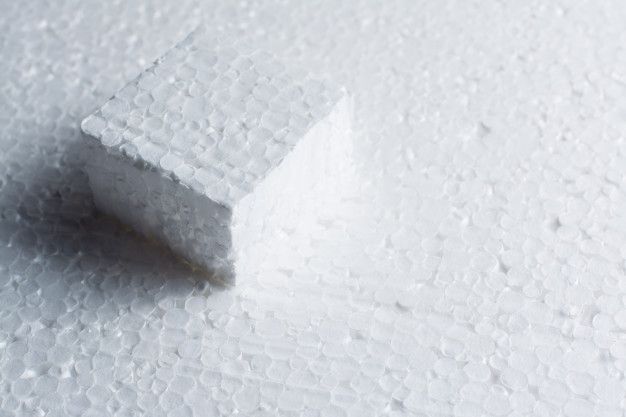All Foam is not Created Equal
Density, measured in pounds per cubic foot, is the key property for determining flexible foam performance.
The firmness of the foam does not determine its quality, price or durability.
Density relates to the comfort, support and durability properties of the foam.
Adding cheaper foam additives or fillers can alter density. Additives are used to make a cushion feel heavier and more luxurious, or to improve the support, but they may have a negative effect on other foam properties, including tear strength, air flow and durability.

Foam Identification
Most foam grades are identified by a four number part system (ie. 2235). The first two numbers identify the Density of the foam; in pounds per cubic foot (pcf) and the second set of numbers identify the compression or the firmness of the foam. The higher density equates to a better piece of foam. Similarly, the higher the last two numbers the firmer the foam will feel.
The Importance of Density
The Density is the key indicator of the foam’s performance with regards to comfort, support and durability. It will also determine the cost of the foam. The denser the foam, or the more material used to produce it, the more material there is in the cushion or mattress to provide support for your weight.
It is important to remember, though, that the firmness of the foam is independent of the foam’s density. High density foams can be produced to be very soft. Low density foams can be made to be very firm. Therefore, there is no such thing as a “hard” or “firm” density.
The Definition of Density
Foam density is not just weight. It’s actually a measurement of mass per unit volume. Density is a function of the chemistry used to produce the foam. It takes into account the materials, both virgin and additives, used to increase density.
The better foams contain no additives or cheap fillers which help to increase the weight of the foam but do nothing for the physical properties including support and durability.
Flexible polyurethane foam is available in a broad range of densities from as low as 0.8 pcf to as high as 6 pcf. Most common foam applications, for seating or mattresses, utilize foam in the 0.9 to 2.5 pcf density range.
Firmness of Foam
What is the difference between firmness and support? Firmness is a measurement of the surface feel of the foam. Support is the foam’s ability to “push back” against weight and prevent the foam from “bottoming out”. Higher density foam helps prevent the feeling of having the foam collapse beneath body weight in an end use application. Both firmness and support affect foam comfort.
Believe it or not there is even a measurement to determine the foam’s ability to provide support. This measurement, support factor, is determined by measuring the firmness (IFD) of the foam by compressing it to 25% of its original thickness (i.e. 4″ piece to 3″) and then measuring the firmness (IFD) when compressing the same sample to 65% of its thickness. The ratio of the 65% IFD divided by the 25% IFD is the foam’s support factor.
The foam will support weight better with a higher support factor. Foams with support factors of 2.0 or above are better suited for load bearing applications like seat cushions.
Durability of Foam
Density also translates into foam durability. The more polymer material used to produce the foam, the better the foam retains its original properties. Research into foam durability by measuring flex fatigue, or loss of foam firmness after flexing the foam a predetermined number of cycles shows that as polymer density increases, firmness loss is lessened. Less firmness loss means that, for example, seat cushions still feel “new” and that mattresses retain their original “feel”. Higher density foams also better retain their ability to provide support.
Other factors used to gauge foam durability also improve as density increases. One of these is compression set, or the tendency of foam to lose height as it is used. As density increases, height loss decreases dramatically, this means that the fabric on furniture cushions stays tight and that mattresses don’t get body impressions. In fact, some of the more reputable mattress manufacturers have increased the densities of their topper foams to reduce instances of body impressions in innerspring mattresses. To better understand the durability of a mattress topper one must know the density of the foam. After all, no matter what the sleep surface, it is well known through out the bedding industry that foam is the key comfort ingredient used on all sleep surfaces.
Foam Density Machine

